 |
|
Ancient Theater in Turkey Ancyra (Ankara) |
||||||||||||
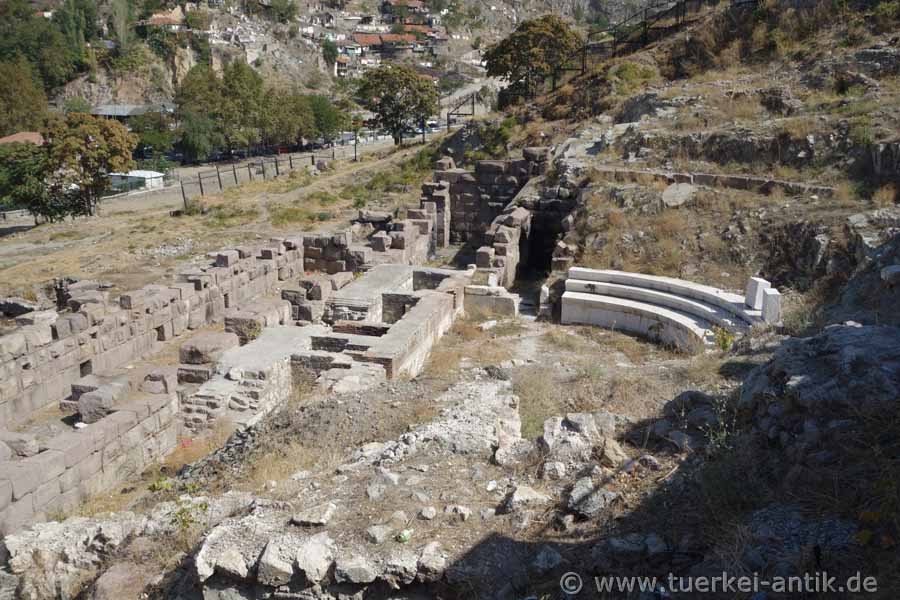 |
|
|||||||||||
|
||||||||||||
|
The Roman theatre of Ankara (Ancyra) is located in the centre of the historical quarter below the fortress, directly on the Hisar Parkı Cad. Until late summer 2018, the remains of the theatre were hardly noticed. After three rows of seats had been reconstructed at the beginning of the new century for unknown reasons, only young people and Yunkees were interested in the old walls. |
||||||||||||
| The history of Ancyra: | ||||||||||||
|
The exact etymological origin of the name Ankara is not known. Pausanias reports that King Midas found an anchor at this place and then founded the city as Ankyra (Greek for anchor). Stephanos of Byzantium claims that the Galatians brought an anchor from Egypt as a war trophy after the victory in the fight against the Ptolemies and immortalized this name in the city name when the city was founded. Coins with anchor motifs are known. On the other hand, there are indications that the city name has been used in a similar form since the Phrygians or even the Hittites and was later transformed into Ancyra by the Greeks. Similarly, in the Islamic period of Ankara, the thesis was put forward that the city name Engürü at that time originated from the Persian word for grape (engûr), which referred to the lush wine-growing regions around Ankara. Originally a flourishing Phrygian settlement on the Persian Royal Road, it became the centre of the Celtic tribe of the Galatians, who settled in Asia Minor around 230 BC. In 189 BC Ancyra was occupied by Gnaeus Manlius Vulso, but remained under regional rule. In 25 BC it became the capital of the Roman province of Galatia. Ankara was conquered several times by Arab troops under the Abbasid caliphs Hārūn ar-Raschīd (797) and al-Mu'tasim bi-'llāh (838) and taken back by the Byzantines after several years. The Paulikians, who the Byzantines called a heretical group, were able to take the city for a short time (871), they were also thrown back like the Abbasid troops (931). With the final victory of the troops led by Kemal Atatürk in the Turkish Liberation War, Ankara was declared the capital because of its location in central Anatolia and in deliberate demarcation from the Ottoman capital Istanbul in the run-up to the proclamation of the republic on 13 October 1923. As the representative capital of the young republic, the infrastructure first had to be provided. The city had been largely destroyed by a fire in 1917, the surrounding area was marshy (malaria was a major problem) and there was also a steady influx of people. In eight years (1920-1928), the population quadrupled from approx. 25,000 to 100,000. The new concept was largely based on German architects, so the basic urban planning was based on a plan developed by Carl Christoph Lörcher for 1924-1925, which was, however, reevaluated in the further course due to stronger influx and redesigned by Hermann Jansen, who had been in Turkish service since 1929, in the so-called "Jansen Plan". Clemens Holzmeister built the parliament building, several ministries and court buildings as well as a villa for Atatürk. |
||||||||||||
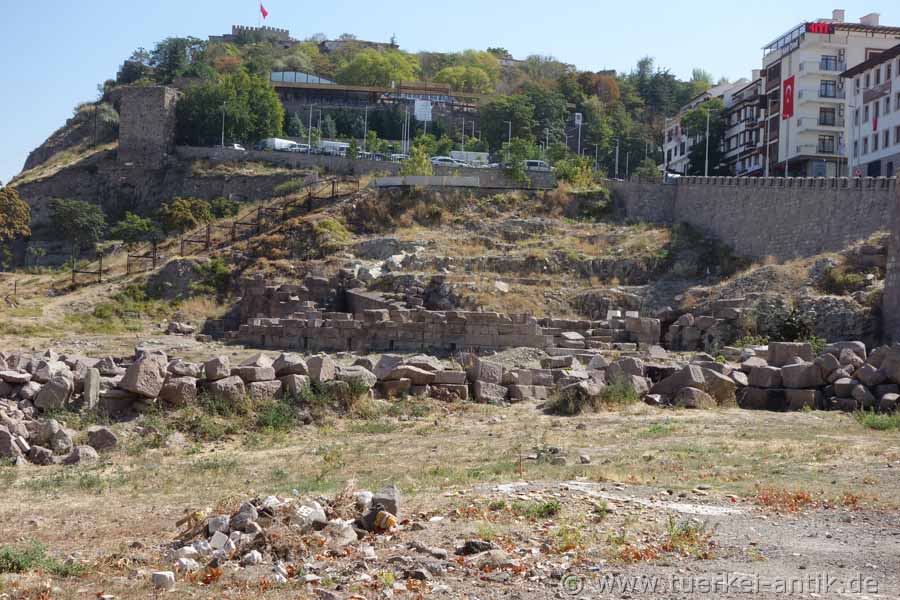 |
||||||||||||
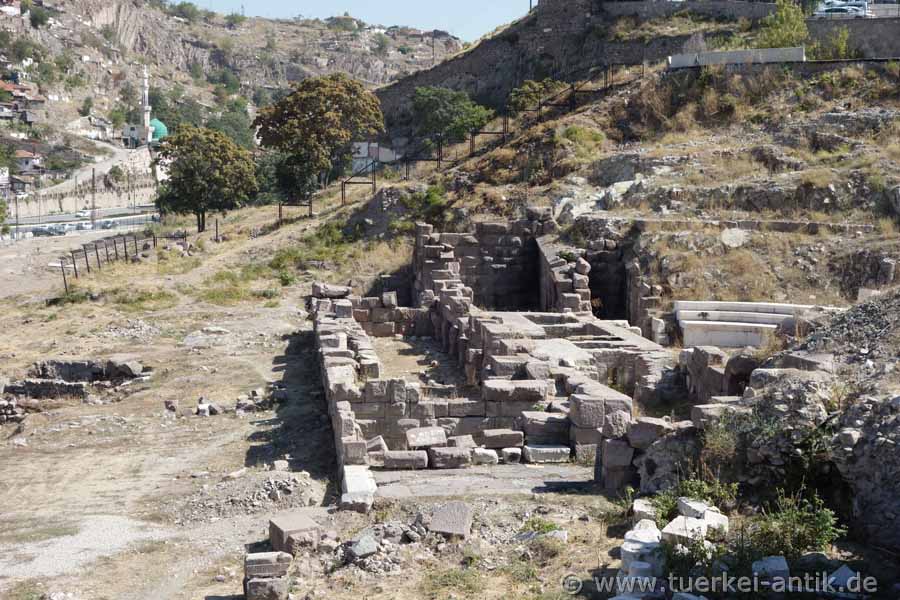 |
||||||||||||
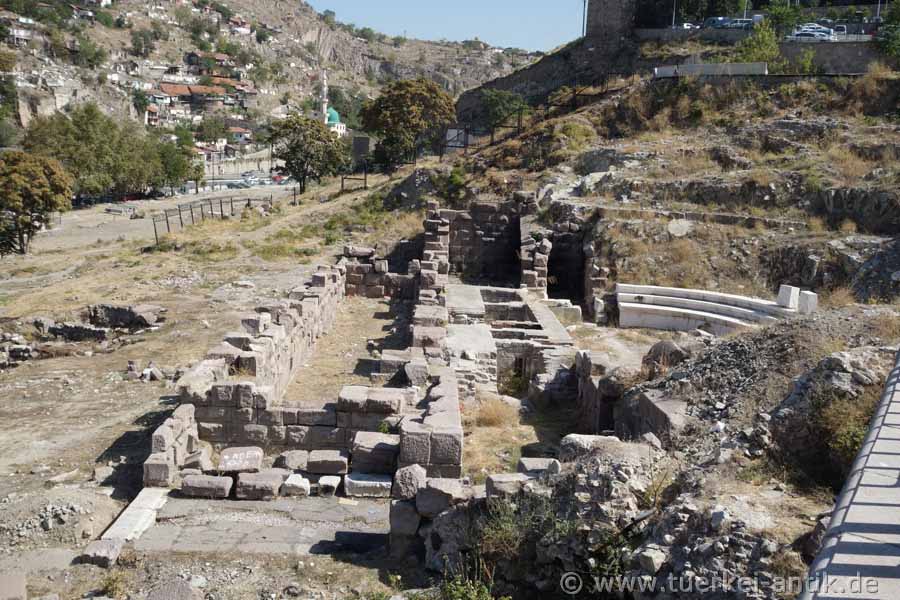 |
||||||||||||
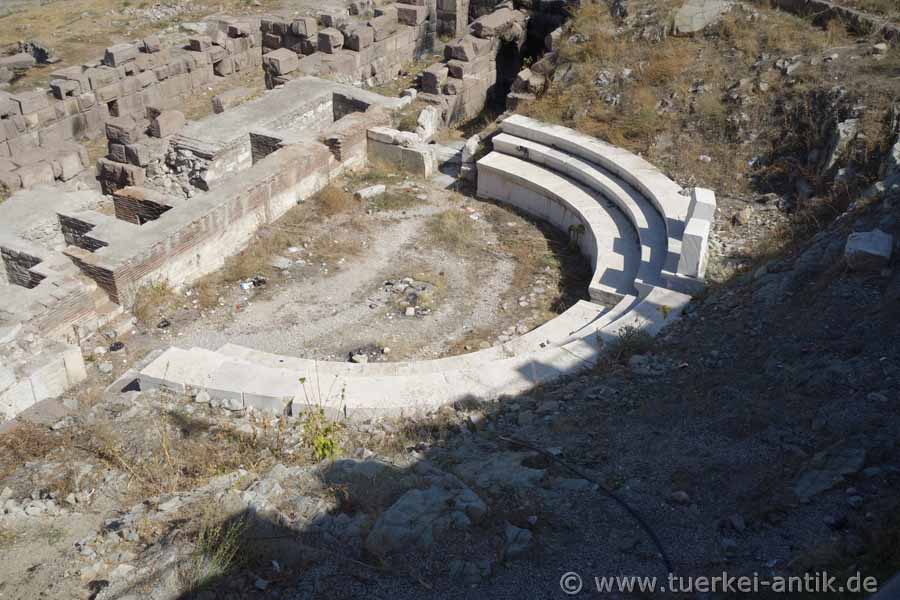 |
||||||||||||
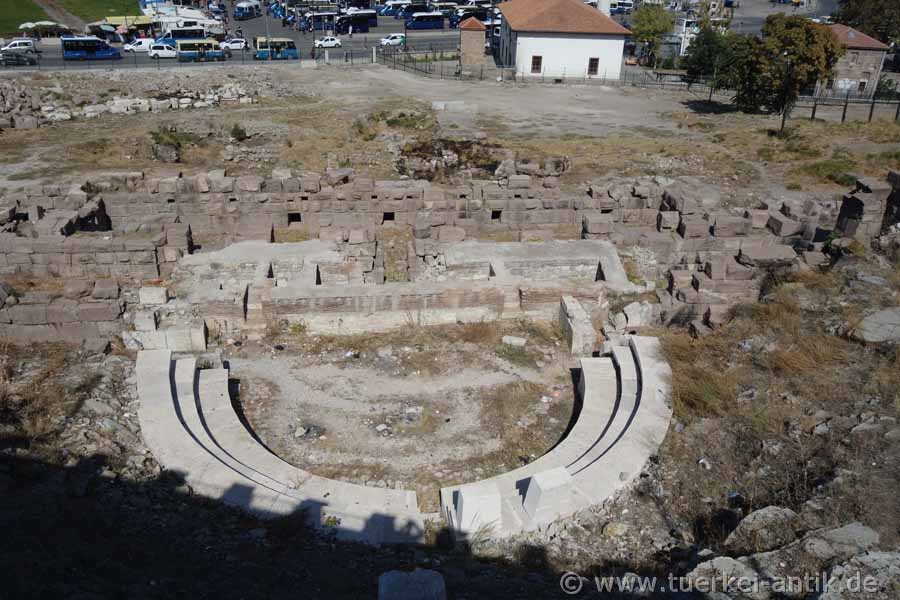 |
||||||||||||
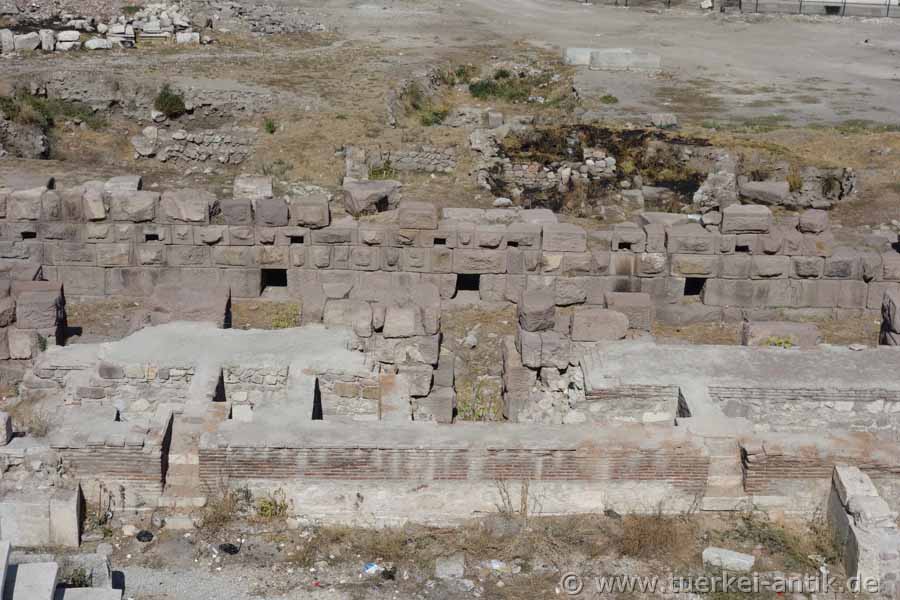 |
||||||||||||
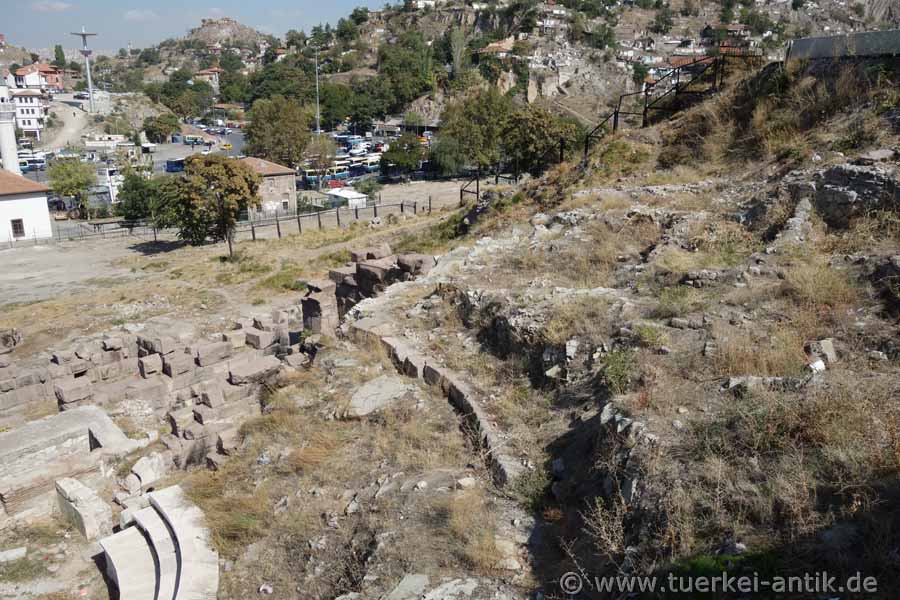 |
||||||||||||
| Photos: @chim | ||||||||||||
| Translation aid: www.DeepL.com/Translator | ||||||||||||
| Source: Wikipedia and others | ||||||||||||
|
|
||||||||||||

